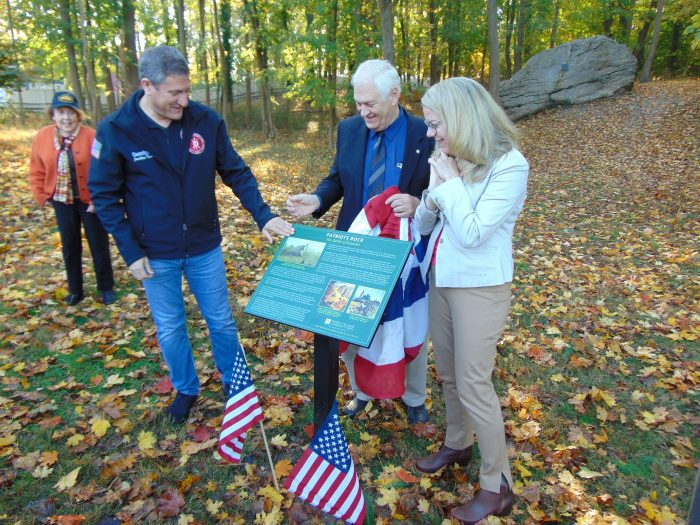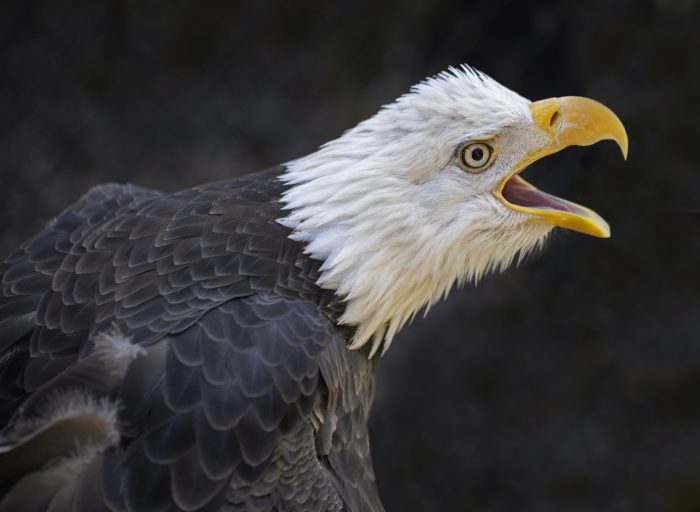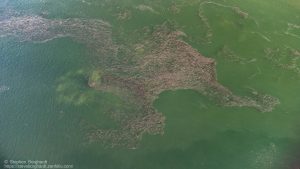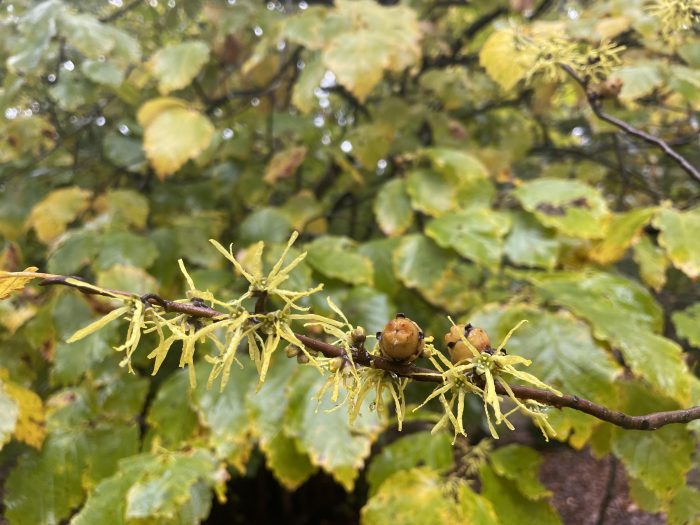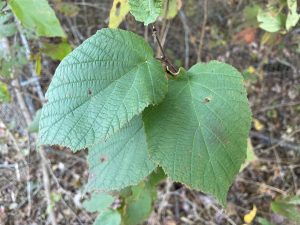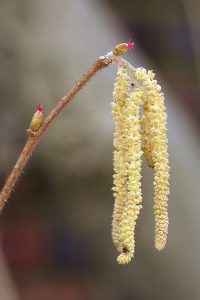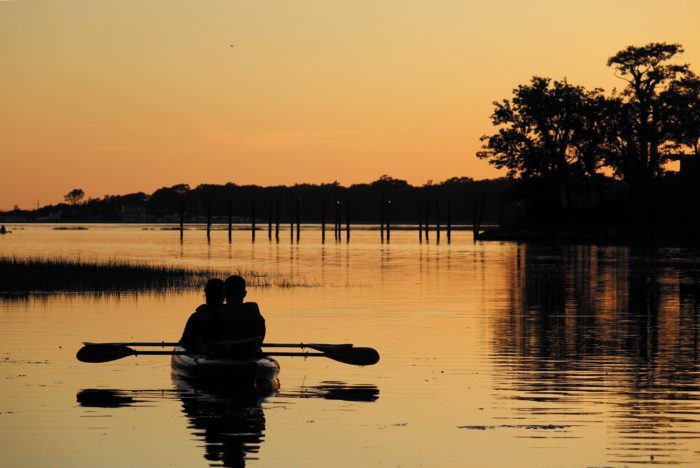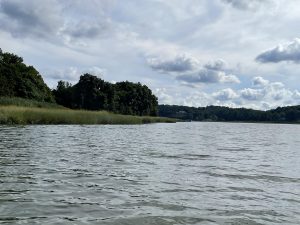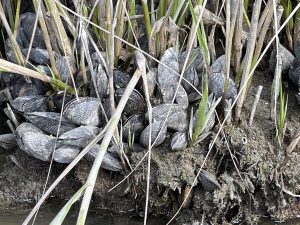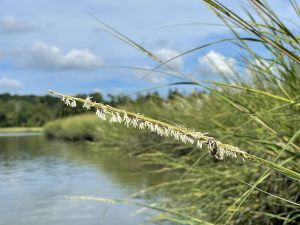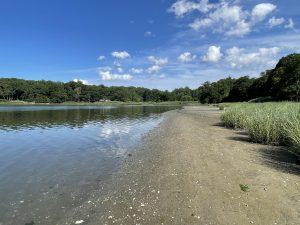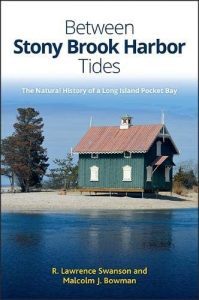By John L. Turner

On Saturday, April 22nd, citizens of the world will have the opportunity to participate in the 54th celebration of Earth Day. An event beginning in 1970, Earth Day has helped to galvanize public awareness about environmental issues and the plight of our planetary home.
So, in recognition of Earth Day 2023, here are 23 events, accomplishments, and issues to think about, reaching as far back as the first Earth Day more than five decades ago; some are good news, others bad. As these developments show, we’ve made great strides in living in greater harmony with the planet but at the same time, problems remain while new, highly significant ones have emerged.
1. A green wave washes over the nation: Fueled by the same sentiment that led to the first Earth Day, Congress, in a flurry of activity, passes the National Wild and Scenic Rivers Act (1968), National Environmental Policy Act (1969), Clean Air Act (1970), Clean Water Act (1972), and Endangered Species Act (1973). Several other important environmental initiatives were adopted administratively including the creation of the Environmental Protection Agency (1970). Collectively, these actions form the foundation of the federal government’s framework to protecting the environment.
2. The Long Island Pine Barrens is protected: After a four year David vs. Goliath battle between the Long Island Pine Barrens Society and the Towns of Brookhaven, Riverhead, and Southampton, Governor Mario Cuomo, in 1993, signs the Pine Barrens Protection Act into law. The legislation preserves more than 55,000 acres of pine forest and tightly controls development in another 47,000 acres.
3. Continental bird decline: Researchers publish a major paper in 2019 documenting that since the first Earth Day, North America has lost 3 billion birds or one-fourth of its continental population. Cat predation, window collisions, and habitat destruction are the leading causes. Loss of insects, affecting aerial insectivores like common nighthawks, swifts and swallows have led to additional declines. Many species have dropped by 50% or more in abundance during this time.
4. Eagles and ospreys surge: With DDT banned for use in 1972 in the United States birds that feed “higher on the food chain,” such as birds-of-prey and waterbirds, have rebounded. Hundreds of osprey nests dot Long Island’s coastal landscapes and bald eagles, which were extirpated as a breeding bird, have returned with the first nest found at The Nature Conservancy’s Mashomack Preserve on Shelter Island more than a decade ago.
5. The emergence of “forever” chemicals: Over the past several years “forever” chemicals such as PFAS and PFOS have emerged on the scene. A group of more than 3,000 chemicals, they are ubiquitous, having been used in non-stick pans, stain resistant fabrics, even fire-fighting foam. They have contaminated water supplies throughout the country and have affected public water supply wells on Long Island. These chemicals increase the risk of cancer and can damage human organs, notably the kidneys. One study documented PFAS in 97% of the participants, suggesting the chemical is widespread in the environment.
6. Cleaner water in Long Island Sound: Due to a significant commitment of public funds expended to upgrade sewage treatment plants, conditions in Long Island Sound are improving. Hypoxic or low dissolved oxygen levels, stressful to lethal for bottom-dwelling marine animals such as lobsters, crabs, and shellfish have declined, both in terms of extent and duration. Stressful conditions still exist in the western portion of the Sound due to sewage discharge from New York City’s large sewage treatment plants.
7. Plastics pollution is a problem!: In the past two decades plastic use has exploded, resulting in massive pollution of land and ocean. Scientists estimate that about eight million tons of plastic enter the oceans every year. When plastics fragment, they become micro-plastics and many marine species ingest it, thinking its food items, often with fatal consequences. In an often referred to but highly alarming statistic, it’s estimated that by 2050 there will more plastic debris, by weight, in the ocean than fish biomass.
8. Bag the plastic bag!: First in Suffolk County, and then in New York State, the use of single use plastic bags is banned and a fee is placed on the use of paper bags. Reusable, multi-use bags have become the norm for shoppers. Our roadsides are now cleaner and are largely devoid of windblown bags.
9. Waste reduction takes hold: Waste reduction is the most effective but least used waste management strategy, better than recycling, burning, or burying garbage. One great example of a waste reduction strategy was approved by the NYS Legislature last year which phases out small, single use, shampoo and hair conditioner bottles provided in hotel bathrooms. Soon, your hair needs will only be supplied by refillable, pump receptacles located in shower stalls. This legislation will result in tens of millions less plastic containers being burned or buried in New York annually.
10. Bats are suffering: Over the past several decades many bat species, especially those roosting colonially, have been afflicted by a contagious virus called white-nosed syndrome or WNS. Some species have declined by more than 90%, resulting in a few once common species facing extinction. Non-colonial roosting bats are doing better.
11. Coastal waters are alive with menhaden: Due to a ban on the commercial harvest of menhaden in New York waters, this species has staged a remarkable comeback. Its remarkable abundance, with schools containing millions of fish, has fueled a resurgence in species that feed upon it — humpback whales and other cetaceans, tuna, sharks, marine birds, and birds-of-prey like bald eagles and osprey.
12. Suffolk County’s Drinking Water Protection Program: Funded by a 1/4 cent fraction of county sales tax, this program, first adopted in 1987 and approved several times by Suffolk County voters, has allowed the County to buy thousands of acres of environmentally important properties and to advance water quality protection projects. The program has been especially critical for Pine Barrens purchases.
13. Global climate disruption: Climate change or climate disruption, as it is more aptly described, is having enormous impacts to human society and the natural world. An all encompassing threat caused by the manufacture and use of fossil fuels, countries still are adding climate-changing gases to the atmosphere at an alarming rate. We’re tossing the planetary dice and still collectively suffer too much from denial by a critical mass of society whose intellectual and emotional support is badly needed.
14. Otters have returned, coyotes have arrived: River otters are slowly reestablishing themselves in Long Island waterways with sightings in many places. Coyotes have begun to colonize Long Island, probably reaching here via a bridge or tunnel connecting the island to the Bronx and perhaps by island hopping the eastern island archipelago of Plum Island, Little and Great Gull Islands, and Fisher’s Island. Being hit by vehicles remains a critical concern to their recovery/colonization.
15. The hole in the ozone layer isn’t closed (yet)!: First detected in the late 1970s, a “hole” in the Earth’s stratosphere over the planet’s two polar regions slowly has been getting smaller. Caused by certain man-made chemicals that destroy ozone, these chemicals were phased out by an international agreement in 1986.
16. Water reuse becomes a reality: In 2016 the first Water Reuse project on Long Island comes on-line involving the Riverhead Sewage Treatment Plant and Indian Island County Golf Course. Instead of dumping wastewater into the Peconic River/Flanders Bay the water is used to irrigate the grass on the golf course next door and by so doing keeps an estimated 1.2 tons of nitrogen from entering the estuary and g 63 million gallons of water in the ground.
Because of reuses’s water quality and quantify benefits, the Seatuck Environmental Association in 2023 prepares an islandwide water reuse road map. If the top 17 reuse projects are funded 15 less tons of nitrogen will enter LI’s coastal waters and nearly 600 million gallons of water will be kept in the ground helping to maintain wetlands and preventing salt water intrusion.
17. Terrapin excluder devices (TEDS) are required: In 2017 New York State Department of Environmental Conservation enacts a regulation requiring all commercial crab pots located in Long Island’s bays, harbors, and steam/creek/river mouths to be equipped with TEDS. Putting TEDS on the vents of crab pots can reduce diamondback terrapin drownings by 75% while having no discernible effect on crab harvest.
18. Keeping the deer in Deer Park: In three separate stages — in 1983, 1984, and 1998 — New York State creates the 850-acre Oak Brush Plains Preserve in Deer Park from properties once used by the Edgewood and Pilgrim State Psychiatric facilities. This westernmost forest of the Pine Barrens is home to fox, many songbirds, birds of prey, and even whip-poor-wills, and living up to its name given the community in which it is located — deer. Efforts are currently underway to add another 115 acres to the Preserve.
19. Reconnecting nature: All throughout the country efforts are underway to mitigate, and in many cases eliminate, obstacles to the movement of wildlife such as those posed by roads and dams. Dozens of small dams have been removed and some that haven’t have been equipped with fish ladders. In areas with high roadkill under- and overpasses are being installed to allow for the safe movement of animals. The recently passed federal Infrastructure Act provides $400 million for such projects.
20. SEQRA is adopted: SEQRA, the New York State version of the National Environmental Policy Act, passed in 1975. This law establishes a legal requirement for agencies and legislative bodies to “look before they leap” when it comes to approving projects that might have an adverse impact on the environment and to mitigate those impacts. This Act has been responsible for ensuring that the quality of the environment is a factor in decision making.
21. West Meadow Beach is restored: After years of unfortunate divisiveness, dozens of privately owned cottages at the Town of Brookhaven’s West Meadow Beach are removed, opening the property to broad public use and enjoyment, allowing for this ecologically significant habitat to begin recovery. The action constituted one of the few “de-development” actions ever undertaken on Long Island.
22. The Pebble Mine dies the death it deserves: The proposed Pebble Mine, situated in southwestern Alaska, would have resulted in a 12-square copper-gold-molybdenum mine sandwiched between globally important salmon rivers upon which Native Alaskans depend. These rivers flow into Bristol Bay which supports a $1.5 billion fishing industry. The mine would have been the largest in North America and there was great fear that a mine collapse (this happened at a different mine by the company that wanted to operate the Pebble Mine) would have sent acid tailings and enormous amounts of sediments into the rivers destroying the environment for miles around the mine and the critically important fish runs.
23. Wetlands, both freshwater and tidal, are better protected: A few years after the first Earth Day, New York State passes important laws to protect fresh- and tidal wetlands preventing their wholesale destruction through draining and filling. The law to protect freshwater wetlands was significantly strengthened in the 2022 state legislative session.
This list, of course, is just a very small sample of the environmental challenges and problems we collectively confront. If we are ever to get ahead of the curve in protecting our planetary home, we’re going to have to do more than adopt one or a few actions each year that protect some aspect of the global environment, as meaningful as they are, which we then celebrate each Earth Day. Our survival requires much more than an annual Earth Day celebration. Rather, we need to realize that we have to act like Earth Day is every day, which it is, since we still depend upon the sustenance of the planet on those other 364 days.
A resident of Setauket, John Turner is conservation chair of the Four Harbors Audubon Society, author of “Exploring the Other Island: A Seasonal Nature Guide to Long Island” and president of Alula Birding & Natural History Tours.

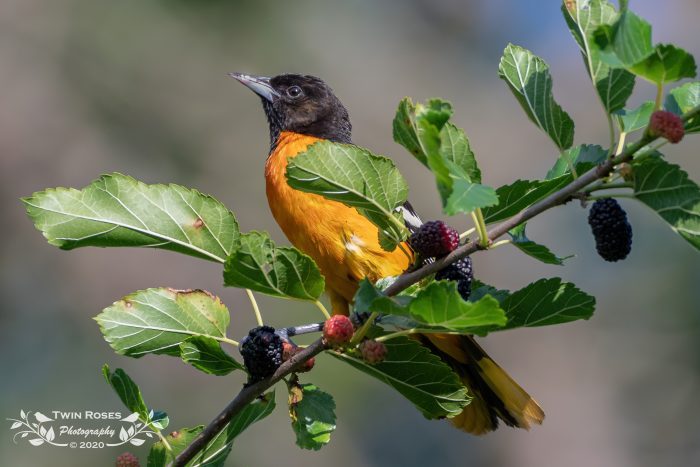
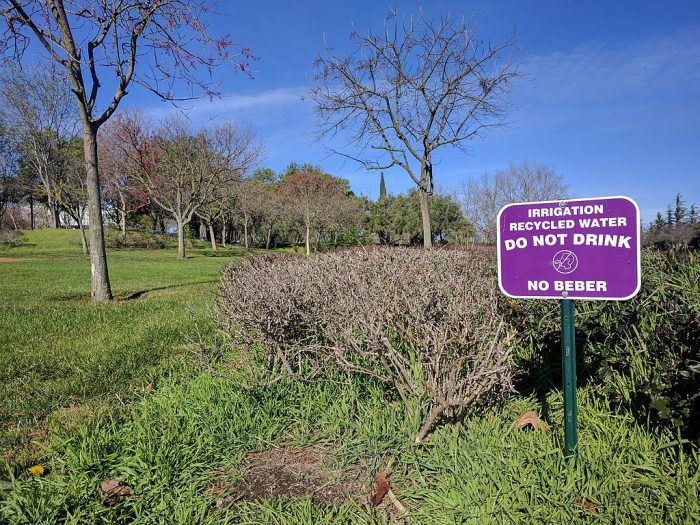
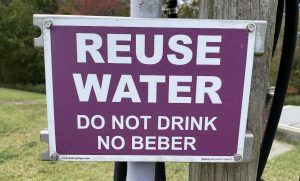
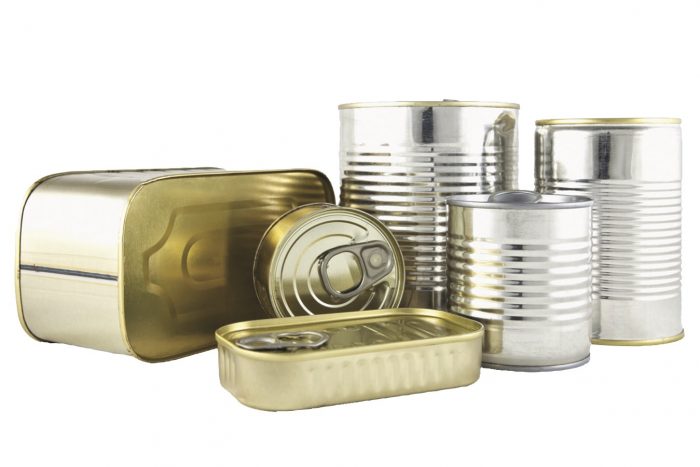
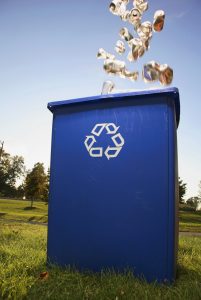

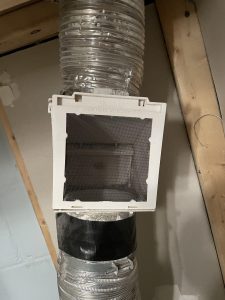
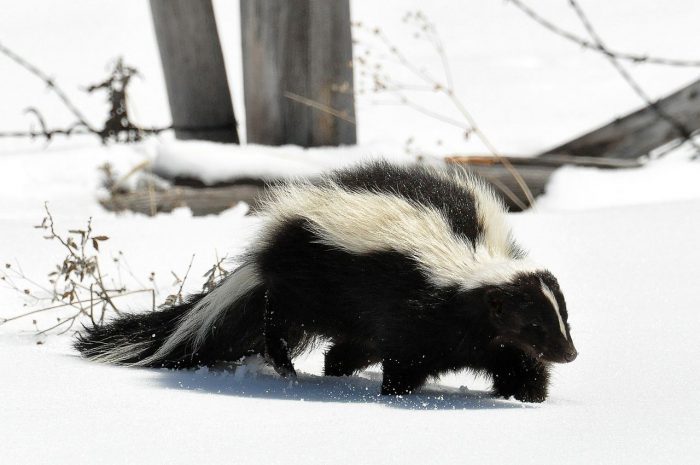
 A resident of Setauket, John Turner is conservation chair of the Four Harbors Audubon Society, author of “Exploring the Other Island: A Seasonal Nature Guide to Long Island” and president of Alula Birding & Natural History Tours.
A resident of Setauket, John Turner is conservation chair of the Four Harbors Audubon Society, author of “Exploring the Other Island: A Seasonal Nature Guide to Long Island” and president of Alula Birding & Natural History Tours.